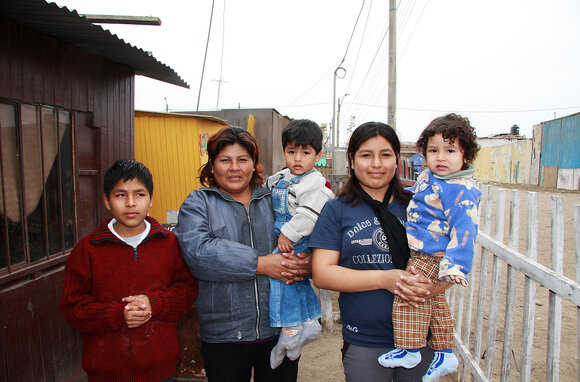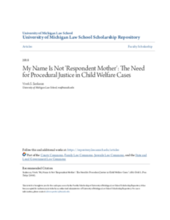This page contains documents and other resources related to children's care in the Americas. Browse resources by region, country, or category.
Displaying 841 - 850 of 1438
This paper examines the gendered roles of sibling position and network‐derived social capital in Mexican and Senegalese international migration.
This study investigated caregiver-initiated contacts to a statewide, phone-based adoption support program to understand the breadth and range of challenges families experienced during the post-adoption period.
The present study investigated: (a) rates of co-occurrence of pre-adoptive child sexual abuse (CSA) and maltreatment among adopted children, and (b) the relative impact of pre-adoptive CSA and maltreatment on externalizing behaviors at 14 years post-adoption.
This article examines child well-being among African American adolescents in care—a group that is overrepresented within the foster care system. Specific attention is given to relational permanence—the concept of continuous supportive relationships marked by mutual trust and respect.
This case study follows a foster teen's matriculation through high school and the challenges she faces while trying to achieve her dream of going to college.
This paper presents findings from a study in which semistructured interviews were conducted with 33 parents court ordered to participate in a parent education group due to involvement with the child welfare system.
This study explores the experiences of Jamaican transnational mothers in New York City and documents their stories in light of current research which investigates how transnational motherhood transgresses gender stereotypes and pushes the boundaries of gender roles and expectations.
The objectives of this study were to examine the prevalence and type of trauma exposure, and investigate the relationship between prior trauma and serious illness among foster children at end of life.
This paper describes the experiences of parents with child welfare cases in family court. The paper argues the need to build a court process to support parents and keep families together.
The purpose of this systematic review is to compare the associations of kinship care and non-kinship care with children's mental health and to examine the factors associated with children's mental health in kinship care and non-kinship foster care.


